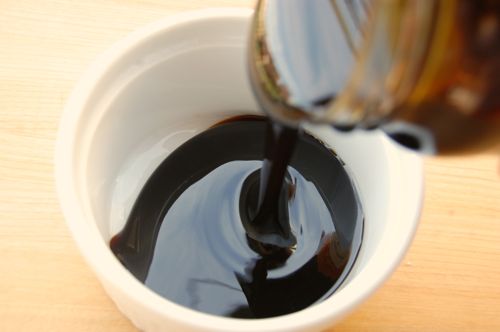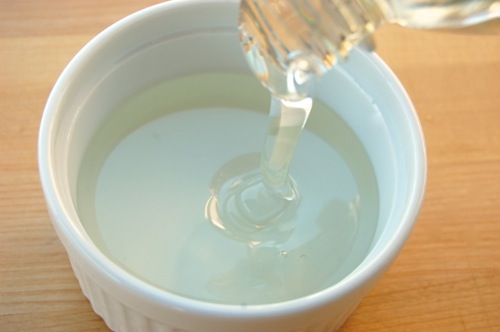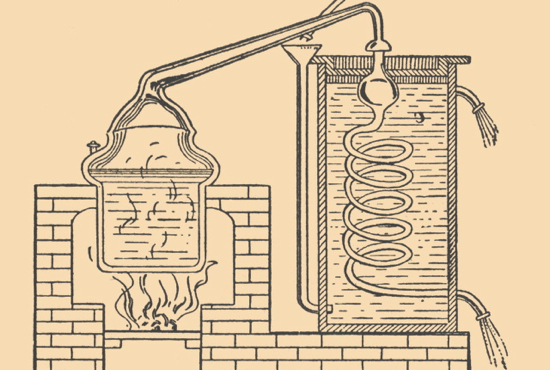Molasses & Christmas
Reader Joanna writes:
Can you tell me why it seems like every holiday recipe has molasses in it? I can’t stand the taste of molasses and it seems like it’s everywhere this time of year. I was wondering why and I thought I’d ask!
That’s a great question. The reason is because molasses was once the most commonly used sweetener in America, particularly before 1900 when all sugar here was made from cane (Americans didn’t get on the beet sugar bandwagon until 1890). In those days crystal sugar was commonly available but still fairly expensive stuff. Molasses was nearly as sweet but cost a lot less, so if you were a member of a household of medium-to-modest means, odds are your mother used molasses a lot more often than she used sugar.
READ ON


